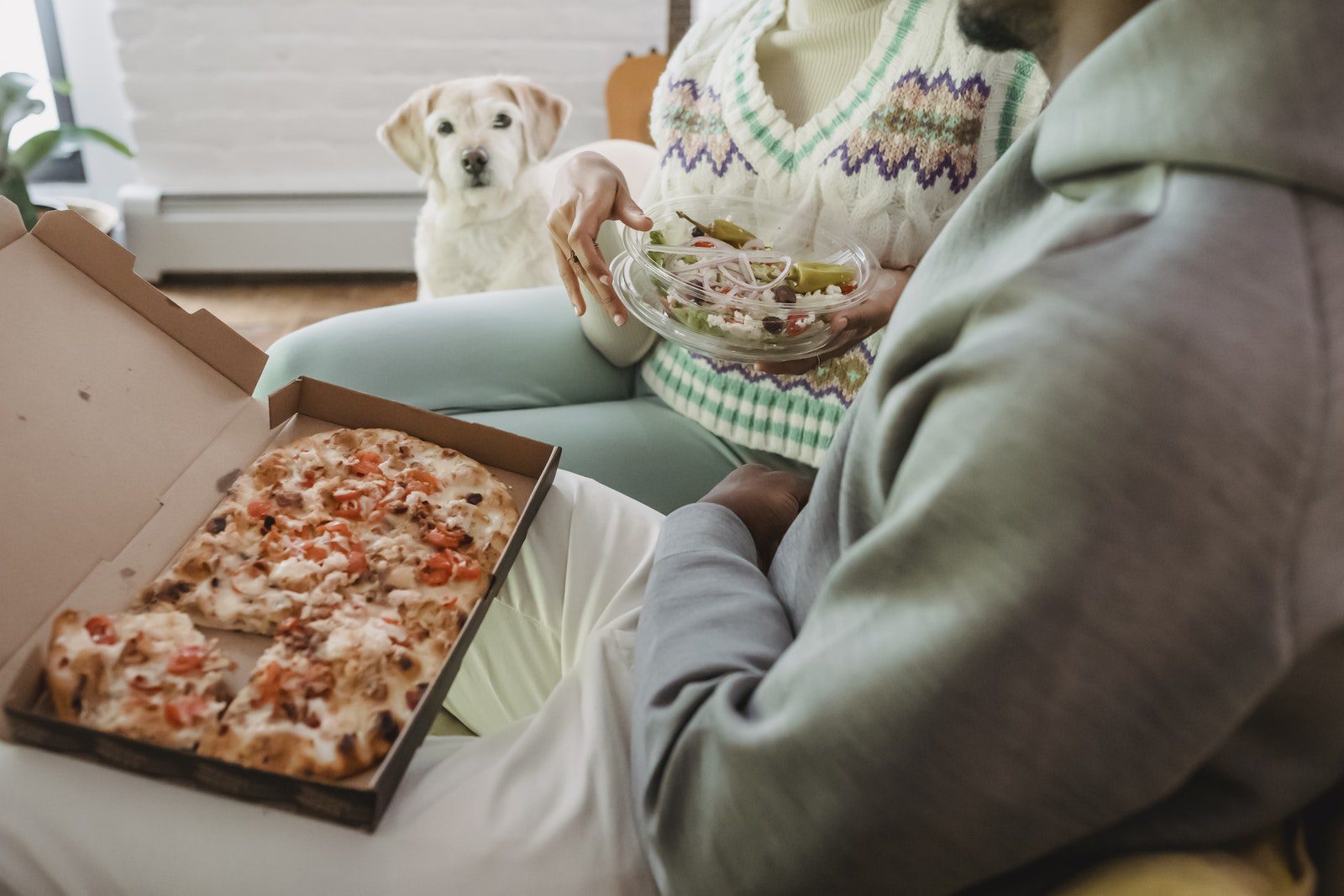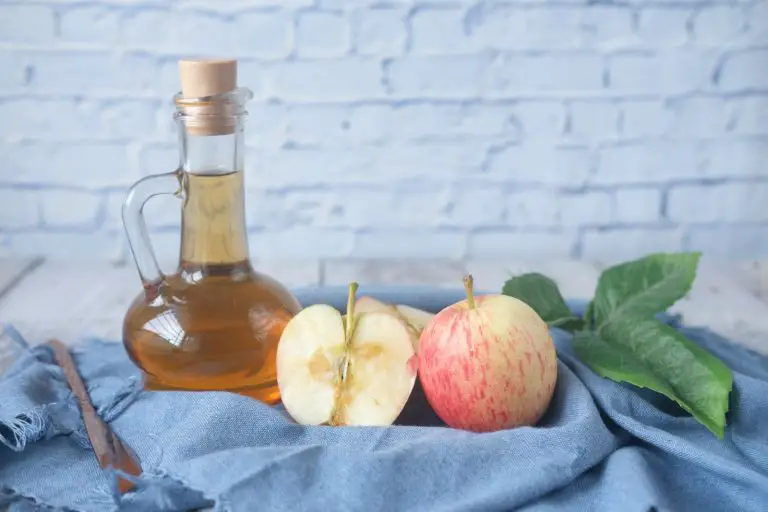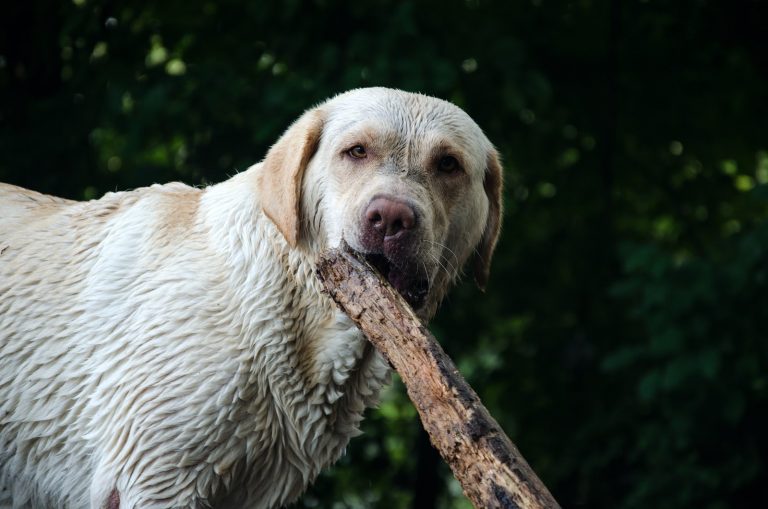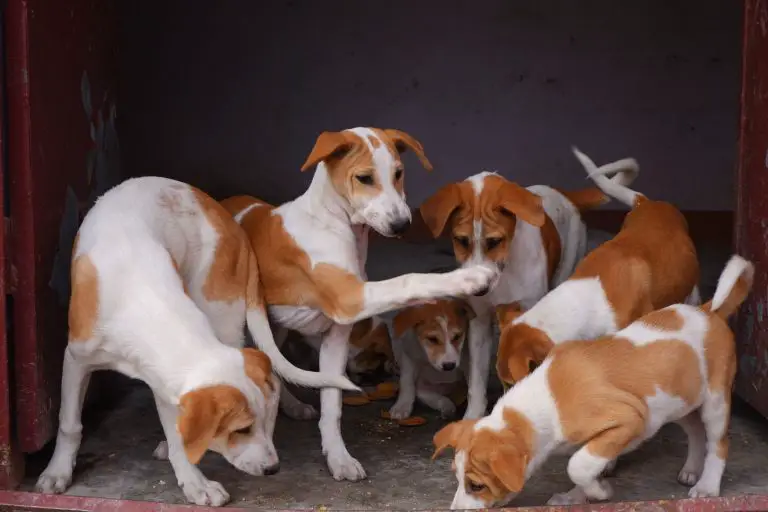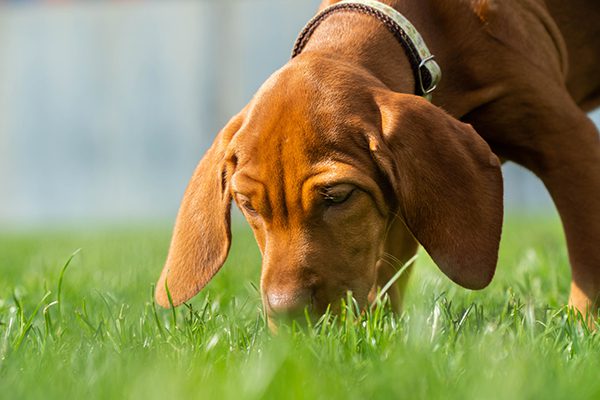There are over 900 million dogs worldwide and about 63.4 million households in the United States own at least one dog. While having a dog is awesome, there are vital aspects of keeping them healthy that most pet owners ignore.
One such important aspect of pet care is knowing what to feed them with. Most dog owners make the mistake of feeding their pets human food.
This is wrong and could lead to their death. That a particular food is perfectly suitable for your consumption doesn’t mean you should give it to your pet, not even your dog. Dogs may be man’s best friend but the metabolism rate of dogs is not the same as yours, so giving them your food can be harmful to their health.
We know you care about your dog and won’t deliberately do anything to put them in harm’s way, that’s why we want to help you get some aspects of their feeding right. In this post, we will examine 7 human Foods that you didn’t know could harm your dog.
Let’s get started.
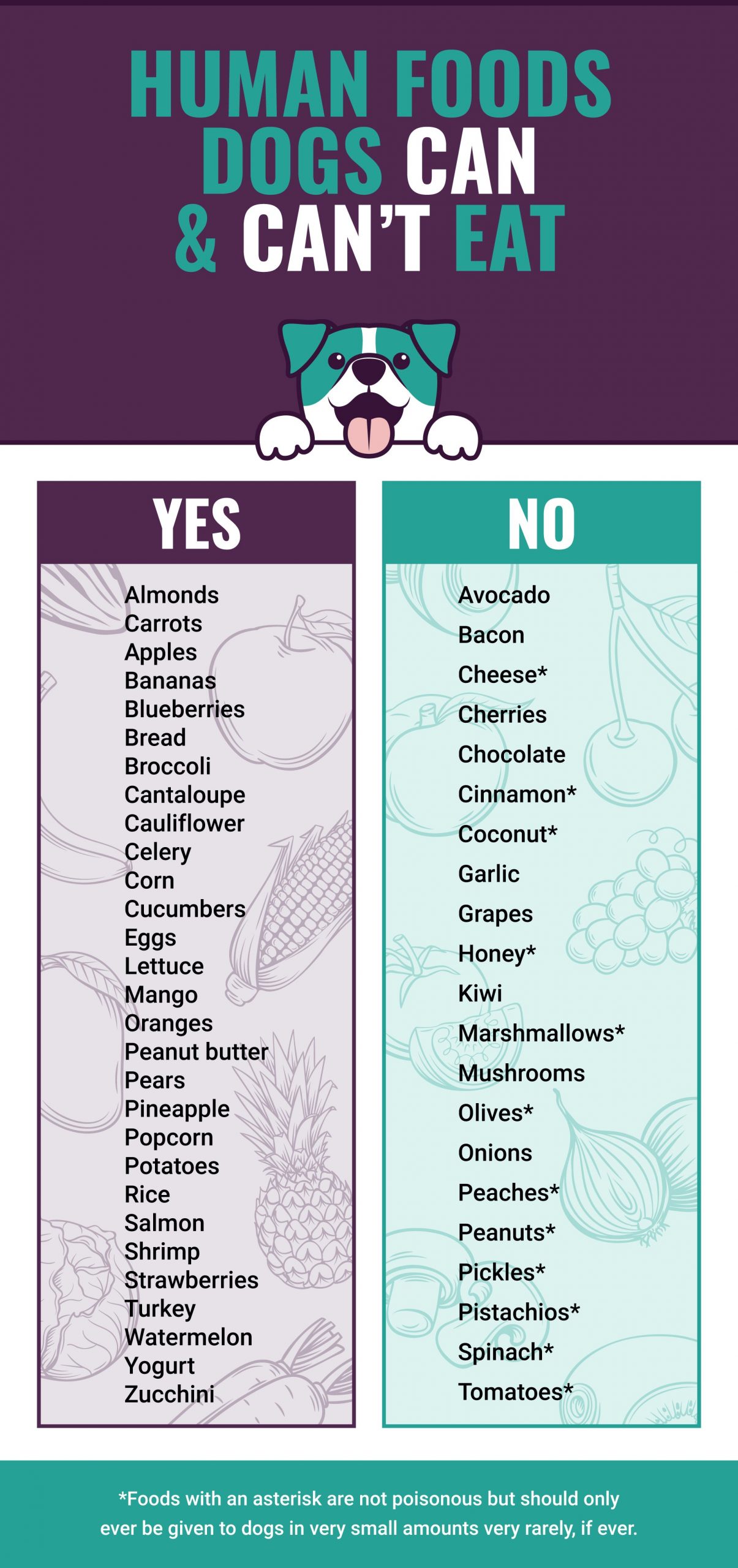
1. Chocolate
Chocolate may be a yummy treat for humans, but definitely not for dogs because it contains caffeine and theobromine, which is toxic for dogs.
Dogs don’t metabolize theobromine as fast as humans, and this leads to a build-up of it to a toxic level in the system. The level of risk your dog is exposed to after eating chocolate is determined by the size of the dog and the amount of chocolate eaten.
A big dog can eat more chocolate with no side effects than a small dog.
If your dog eats a small amount of chocolate, it may suffer diarrhea, vomiting, and stomach upset. This is not life-threatening. But if your dog eats chocolate in a large quantity, it can cause theobromine poisoning, which is often heralded by severe hyperactivity and an increase in heart rate.
It then degenerates to seizures, muscle tremors, internal bleeding, and a heart attack, which often results in death. Your dog will also exhibit these symptoms if it ingests tea, coffee, or caffeine.
In addition, cocoa powder, dark chocolate, white chocolate, unsweetened bakers chocolate, milk chocolate, and semi-sweet chocolate are some chocolates you should avoid giving your dog.
White chocolates are not as toxic as dark chocolate because they contain lesser methylxanthines. The darker the chocolate, the higher its toxicity for your dog.
The major way to treat theobromine poisoning is to induce vomiting within two hours after your dog ate the chocolate. Also, ensure you call a veterinarian. The best way to handle theobromine poisoning is not to allow it to happen at all by keeping chocolates out of your dog’s diet.
2. Raw Meat and Fish
Most pet owners make the mistake of feeding their dog fresh meat or fish with the thought that they are giving their dog a treat. If you are guilty of this, you need to stop.
Raw meat is not nutritionally balanced and has excessive vitamin A and D and low calcium and phosphorus which can create serious health challenges for your dog. When you feed your dog human-grade raw food, you expose the dog to harmful bacteria such as Campylobacter, Salmonella, Toxoplasma, and Neospora.
Some of these bacteria can survive in cold conditions so even if you freeze the meat, it doesn’t become uncontaminated.
Feeding your dog with raw meat or fish exposes them to food poisoning such as salmon poisoning disease. Dogs cannot easily process foods high in animal protein, so feeding them raw meat can trigger an allergy and also cause fever, vomiting, and enlarged lymph nodes.
It also increases the risks of your dog having cancer.
3. Onions
No matter what you do, keep onions and other members of the allium family like garlic out of your dog’s diet.
Onions contain thiosulphate and N-propyl disulfide which can cause hemolytic anemia or hemolysis. Hemolysis occurs when this chemical attaches to the oxygen molecules of the dog’s red blood cell and prevents it from carrying oxygen to the body.
When this happens, the dog’s body thinks it’s red blood cells are dangerous and then attacks the red blood cells. This leads to the rapid destruction of the red blood cells, which could cause death if not treated on time. This destruction of the red blood cell is also known as Allium toxicity and you can see more on this by reading the dangerous foods for dogs guide.
It is important to note that all types of onions are poisonous. And both raw and cooked onions pose a threat to your dog. Also, the leaves, skin, flesh, and every part of the onion is harmful and should be avoided.
The major reason it is advisable to keep onions out of your dog’s diet is that just a little onion can cause serious health challenges for dogs. The smaller the dog, the higher the chances of it falling sick after eating onions.
The symptoms of allium toxicity take about two to four days before appearing. It is characterized by pale gums, lethargy, increased heart rate, loss of appetite, discolored urine, diarrhea, vomiting and if left untreated, it can lead to kidney failure and death.
Endeavor to take your dog to a vet once you notice any of these symptoms, any delay in giving the dog the medical care could lead to more health complications and death.
4. Cooked Bones and Fat trimmings
We all know that dogs love bones, but cooked bones are not so good for your dog, especially when the bones are small. Small cooked bones splinter easily and can cause your dog to choke or in extreme cases, the splintered bones can tear your dog’s intestine and throat.
Uncooked bones are a lot better because they are less brittle.
Also, serving your dog fat trimmings can have adverse effects on their health.
Feeding your dog with fat trimmings, especially small dogs, is one of the fastest ways to make your dog obese, which comes with various underlying health issues such as pancreatitis (inflammation of the pancreas) which in extreme cases can degenerate to internal bleeding and blood infection.
5. Milk or Cheese
Are you surprised to see milk on this list of food that can kill your dog? Milk, cheese and other dairy products can be harmful to your dog. This is because many dogs are lactose intolerant.
One component of milk is a sugar called lactose. The digestion of lactose is aided by an enzyme called lactase. When dogs are still puppies, they have lactase in abundance, and so they can feed on their mother’s milk without facing any health challenges.
When the puppies get weaned, their body produces less lactase, and this is when lactose intolerance sets in. At this stage, feeding them with milk or cheese can spell trouble.
Common symptoms of lactose intolerance in dogs are vomiting, constant gas, loose stool, bloating, abdominal discomfort or pain, and diarrhea. The side effects of the milk usually kick in 12 hours after ingestion.
Asides the fact that your dog may be lactose intolerant, dairy products like milk and cheese contain too much fat and this can cause pancreatitis.
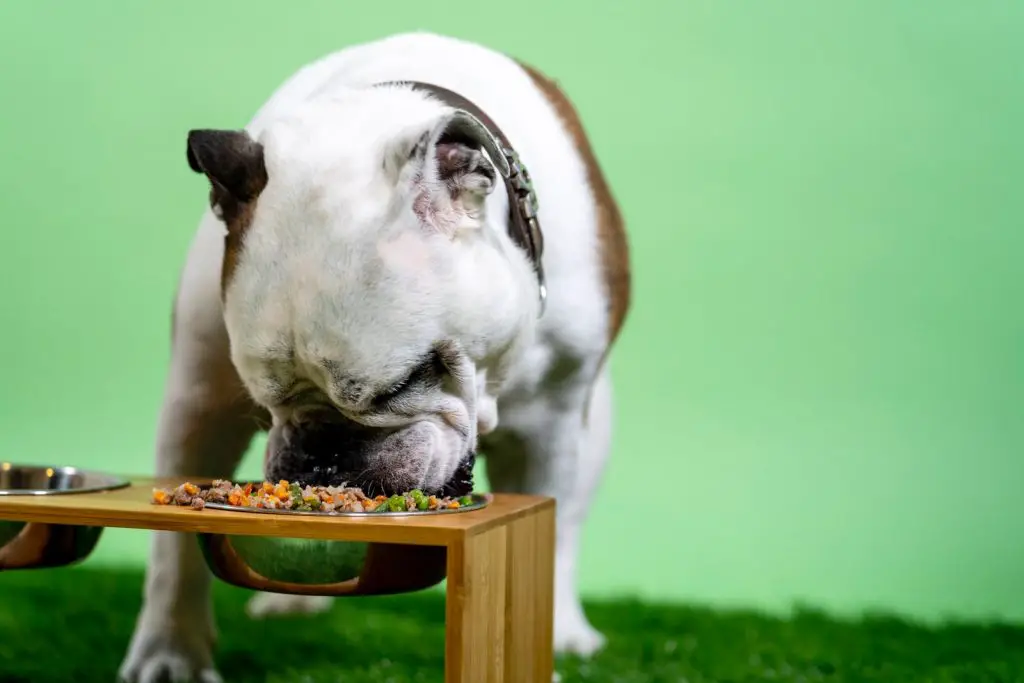
6. Grapes and Raisins
Grapes and raisins may be good for your consumption but keep them as far away as possible from your dog. There have been incidences of small dogs choking on grapes.
Grapes contain a toxic agent that is yet to be identified which has a terrible effect on the kidney and causes kidney or renal failure.
While some dogs may not be affected after consuming grapes, in some other dogs, just a small dose of grape can trigger kidney failure. The symptoms show after 24 hours of ingestion, and it includes the following; loss of appetite, diarrhea, abdominal pain, reduced urine production, total stopping of urine production, weakness and lethargy, tumor, seizures, and coma.
If you find your dog eating grapes or raisins, try to induce vomiting immediately, this will get the grapes out of the dog’s system before it is absorbed. If the dog is showing signs of shock or having difficulty breathing, don’t induce vomiting.
You should treat every suspected case of the ingestion of grapes as an emergency. Once you discover your dog has eaten grapes, hurry to the vet immediately.
7. Raw Dough
Feeding your dog any unbaked product that contains yeast can threaten the life of your dog. Ingesting raw dough is not good for humans, and it’s even worse for dogs. Yeast in the unbaked dough can affect your dog in ways you might have not imagined.
Yeast is added to the dough to make it rise, and if ingested unbaked, the dough will continue to rise in your dog’s stomach. This causes an expansion of the abdomen with accompanying excruciating pains and blocking of the intestinal tract.
The constant rising of the dough can also cause gastric dilation volvulus, which is twisting of the stomach.
Also, your dog can have alcohol poisoning. This occurs because of the fermentation of the dough, which produces ethanol. You will agree with me that there is nothing humane in feeding your dog raw dough. The extreme pain your dog will feel is not what you would love to see.
Conclusion
Without a doubt, we are certain that after going through this post, you will keep all these seven foods out of your dog’s reach.
If you love sharing your meals with your dog, there are many more human foods that you can share with your dog. For instance, instead of giving your dog a chocolate treat, give him carrots.
Have you ever fed your dog the wrong food? Let’s know what happened to the dog and how you handled the situation.

